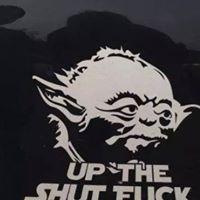staff line detection and removal
-
Similar Content
-
Timestamp of image
By Francois Aujard,
- imaqdxreceivetimestamplow
- imaqdxreceivetimestamphigh
- (and 3 more)
- 3 replies
- 1,673 views
-
New Toolkit : OpenCV wrapper for Raspberry Pi (LinuxRT) for LabVIEW (Great ! learning platform for learning machine vision with LabVIEW)
By hutha,
- vision
- raspberrypi
- (and 1 more)
- 6 replies
- 13,054 views
-
- 2 replies
- 3,236 views
-
- 2 replies
- 5,547 views
-
- 0 replies
- 1,832 views
-




Recommended Posts
Join the conversation
You can post now and register later. If you have an account, sign in now to post with your account.